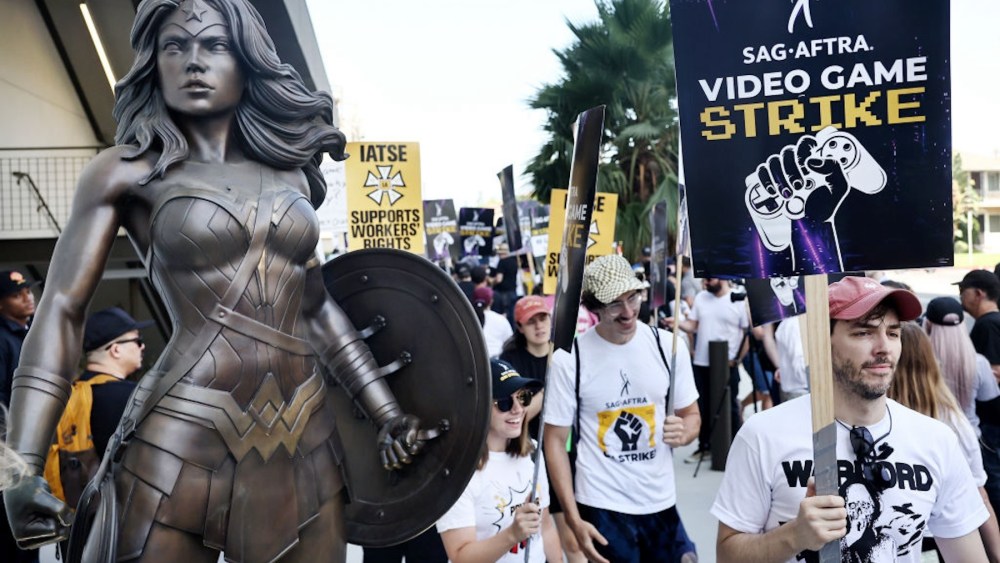Gaming Giants' Last-Ditch AI Proposal Breaks 9-Month Strike Stalemate

In a pivotal moment for the entertainment industry, major video game companies have presented their ultimate proposal to resolve the ongoing Screen Actors Guild-American Federation of Television and Radio Artists (SAG-AFTRA) strike. The final offer represents a critical turning point in negotiations that have kept voice actors and performance capture artists off the job for months.
The proposed settlement aims to address key concerns raised by performers, including compensation, working conditions, and protections in an increasingly digital landscape. Video game industry giants are now hoping to break the stalemate and bring talented voice actors back to recording studios.
This latest development signals potential progress in a dispute that has significantly impacted video game production and the broader entertainment ecosystem. Both sides appear cautiously optimistic about finding common ground and reaching a mutually acceptable resolution that recognizes the vital contributions of voice and performance actors in creating immersive gaming experiences.
As the industry watches closely, the next steps could determine the future of voice acting in video game development and set important precedents for performer rights in the digital entertainment realm.
